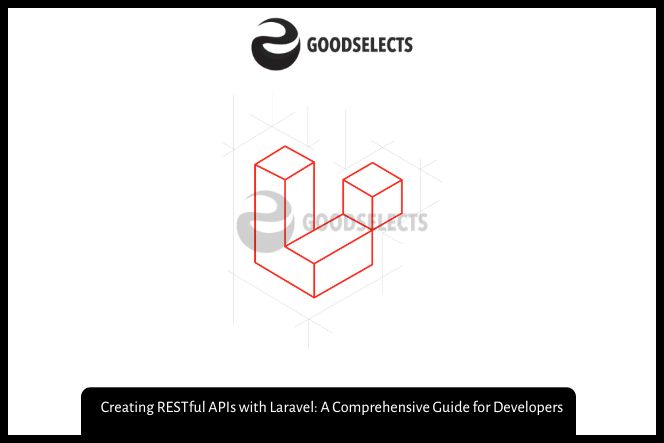Laravel is a powerful PHP framework that allows developers to create robust and efficient web applications. With the release of Laravel 8, the framework has introduced several new features and enhancements, making it even more appealing for developers. One of the most notable features is the ability to create RESTful APIs easily. In this comprehensive guide, we will explore the process of creating RESTful APIs with Laravel 8, providing developers with a step-by-step approach to building APIs that are efficient, scalable, and secure.
To begin with, let’s understand what RESTful APIs are and why they are important. Representational State Transfer, or REST, is an architectural style that defines a set of constraints to be used when creating web services. RESTful APIs adhere to these constraints and provide a standardized way for different systems to communicate with each other over the internet. They are widely used in modern web development as they promote simplicity, scalability, and interoperability.
Creating RESTful APIs with Laravel
Now, let’s dive into the process of creating RESTful APIs with Laravel 8. The first step is to set up a Laravel project. Make sure you have Laravel 8 installed on your system. Open your command line interface, navigate to your desired directory, and run the following command:
composer create-project --prefer-dist laravel/laravel api-project
This command will create a new Laravel project named “api-project” in your desired directory. Once the project is successfully created, navigate to the project directory using the following command:
cd api-project
Next, we need to create a new controller that will handle the logic for our API endpoints. Run the following command to generate a new controller:
php artisan make:controller ApiController
This command will create a new file named “ApiController.php” in the “app/Http/Controllers” directory. Open the file and define your API endpoints as methods within the controller. For example, if you want to create an endpoint to retrieve a user by ID, you can define the following method:
public function getUser($id) {
// Logic to retrieve user by ID
}
Once you have defined your API endpoints, you need to define the routes that will map to these endpoints. Open the “routes/api.php” file and define your routes using the `Route` facade. For example, if you want to map the `/user/{id}` URL to the `getUser` method in the `ApiController`, you can add the following route:
Route::get('/user/{id}', [ApiController::class, 'getUser']);
With the routes defined, you can now start testing your API endpoints using a tool like Postman. Make sure you have a local development server running by executing the following command in your project directory:
php artisan serve
Once the server is running, you can send requests to your API endpoints using Postman or any other HTTP client. For example, to retrieve a user with the ID of 1, send a GET request to `http://localhost:8000/api/user/1`.
Congratulations! You have successfully created a RESTful API with Laravel 8. This guide has provided you with a step-by-step approach to building APIs using the latest version of Laravel. However, it is important to note that this is just the beginning. RESTful APIs can be complex, and there are many additional considerations to keep in mind, such as authentication, validation, and error handling. It is recommended to further explore Laravel’s documentation and utilize additional resources to enhance your understanding and skills in creating robust and secure APIs.
In conclusion, Laravel 8 provides developers with a powerful and efficient framework for creating RESTful APIs. By following the steps outlined in this comprehensive guide, developers can easily create APIs that adhere to the REST architectural style. With its simplicity, scalability, and interoperability, RESTful APIs built with Laravel 8 are well-equipped to handle the demands of modern web development. So, go ahead and start building your own RESTful APIs with Laravel 8, and unlock the full potential of your web applications.




































